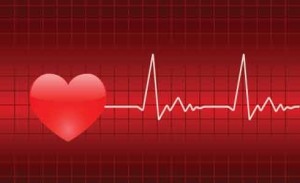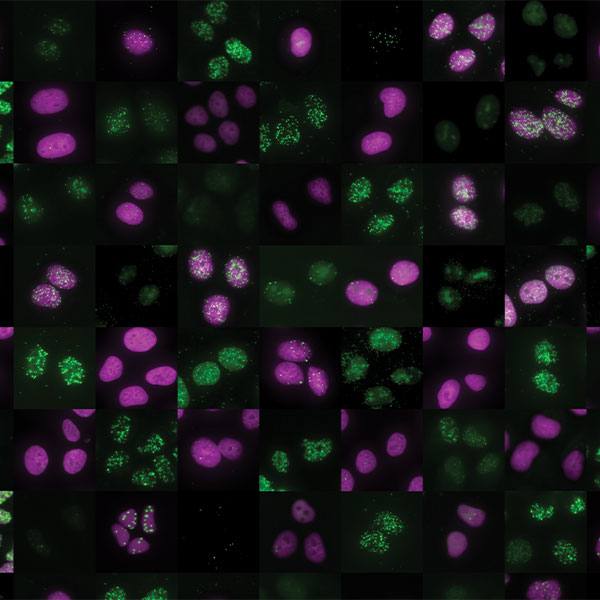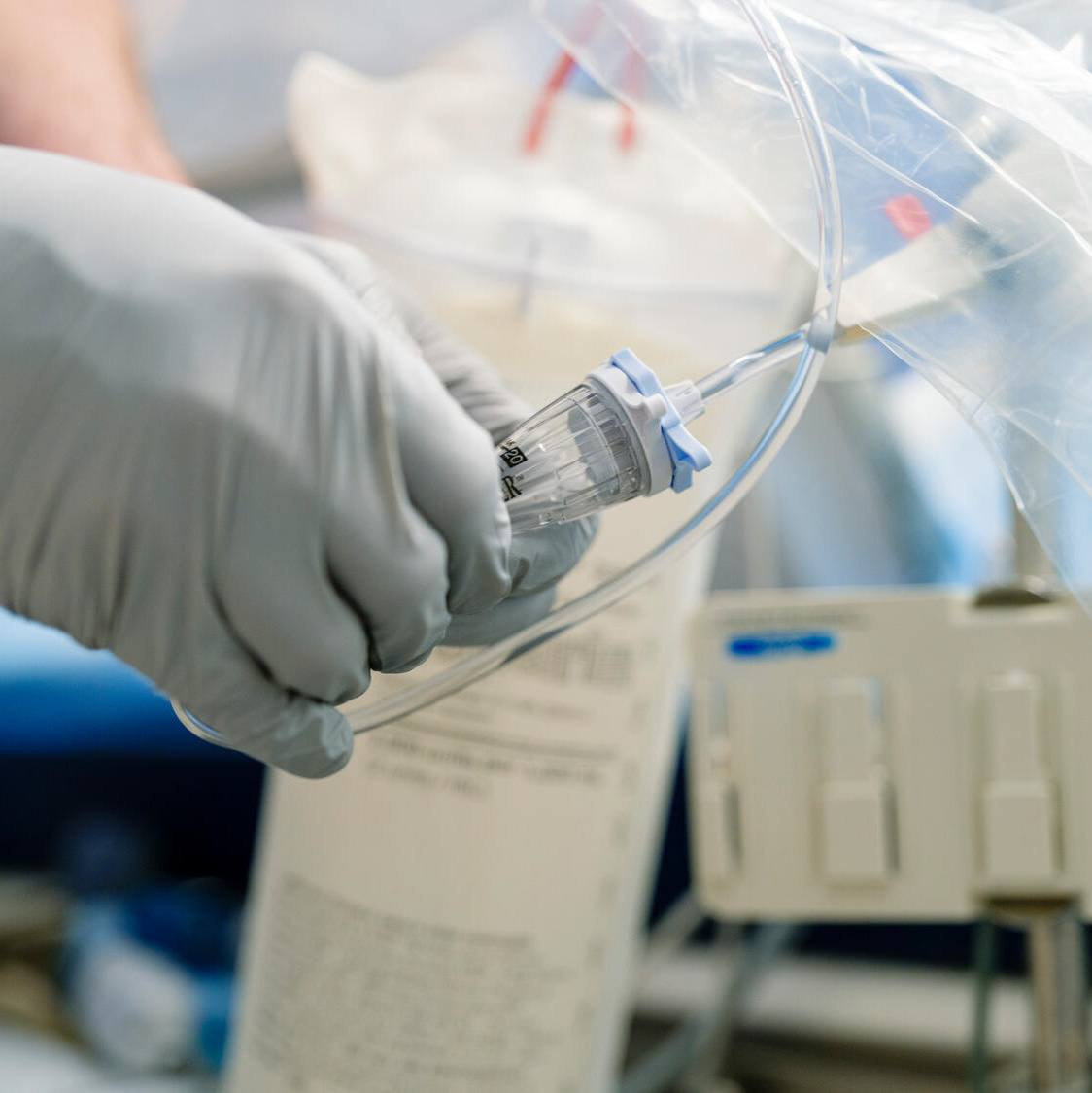-
Strokes: Recognizing Signs, Controlling Risks
ROCHESTER, Minn. — Strokes are the fourth-leading cause of death and the leading cause of disability in the United States. The February issue of Mayo Clinic Health Letter includes an eight- page Special Report on stroke, covering risk factors, prevention, warning signs and treatment options.
Here are some highlights:

What happens: A stroke occurs when the blood supply to parts of the brain is suddenly altered. Ninety percent of strokes are ischemic strokes. They occur when the arteries to the brain are narrowed or blocked, causing severely reduced blood flow. Equally serious, though less common, are hemorrhagic strokes — occurring when a blood vessel in the brain bursts or bleeding starts in the artery of the brain. Both types of strokes can cause brain cells to die or become damaged, resulting in temporary or permanent changes to the mind and body.
Warning signs: Symptoms may occur suddenly and sometimes last just a short time. They can occur in different combinations. Traditional symptoms include numbness, weakness or paralysis on one side of the face or body; difficulty speaking or trouble understanding others; blurred, decreased or double vision; dizziness, trouble walking or loss of balance; and rapid onset of a severe headache.
Emergency treatment: The success of treatment depends on promptness. One of the most effective medications for ischemic stroke must be administered within 4.5 hours after the stroke begins.
TIAs: A transient ischemic attack (TIA), sometimes called a ministroke, is a brief episode of stroke-like symptoms. Like an ischemic stroke, a TIA occurs when a clot or plaque blocks blood flow to part of the brain. The blockage is temporary, and symptoms typically disappear within an hour. Some symptoms may last a few minutes. But fleeting symptoms should not be ignored. It's possible to be having a stroke even when symptoms disappear. Anyone with stroke symptoms should seek emergency care.
Risk factors: Some risk factors can't be changed. Family history plays a role and so does age. The stroke risk doubles in every decade after age 55. Men are at higher risk than women. American blacks are more likely to have strokes than other ethnic groups. Unmanaged diabetes, heart disease and obstructive sleep apnea increase the risk of stroke. Controllable risk factors include hypertension, unhealthy cholesterol levels, heavy alcohol use and inactivity.
A second stroke: A stroke survivor is at increased risk for a second stroke. Within five years, 24 percent of women and 42 percent of men will have another one.
Prevention: Strokes and recurrent strokes often can be prevented by reducing risk factors and undergoing preventive treatment. It's wise to talk with a doctor about personal stroke risks and prevention strategies.
Mayo Clinic Health Letter is an eight-page monthly newsletter of reliable, accurate and practical information on today's health and medical news. To subscribe, please call 800-333-9037 (toll-free), extension 9771, or visit Mayo Clinic Health Letter Online.
Media Contact: Ginger Plumbo, 507-284-5005 (days), newsbureau@mayo.edu







